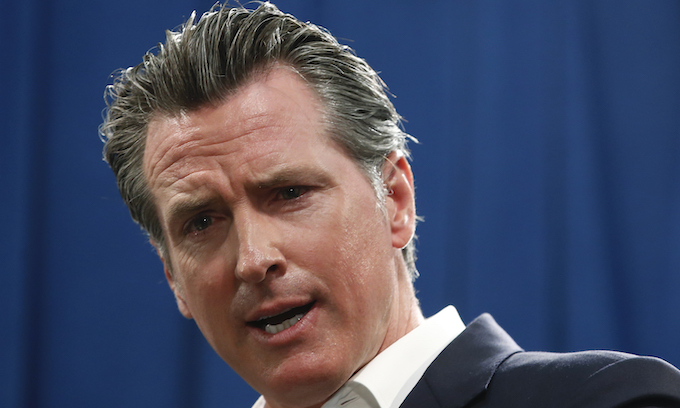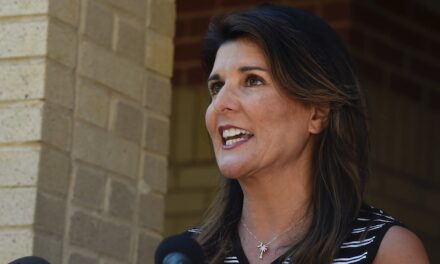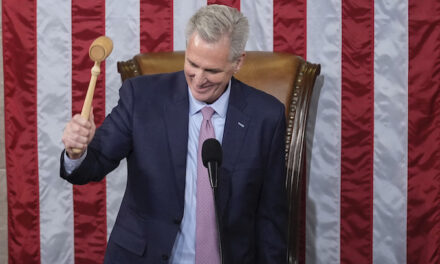For a century and a half, America has been California dreaming. The Golden State is a uniquely blessed state in many ways: A stunning geography, temperate weather, oil. and not to mention the original economic engine that powered the ’49ers, gold, are among its sterling assets.
It’s little wonder, then, that for decades, Americans have flocked to California in droves, making it by far the country’s most populous state. By the middle of the 20th century, with its gleaming highways, world-beating public university system and optimistic ethos, California more or less constituted what it meant to be an American.
But in recent decades, California has grown less utopian and rather more dystopian. The once proudly middle class state looks increasingly Latin American, with a small number of extremely rich people, a huge number of very poor people and a shriveling middle class. The state’s budget is a perennial basket case; despite whacking its residents with some of the highest taxes in the country, Sacramento consistently has difficulties balancing its books. And California, which once looked proudly to the future, now feels shriveled and shrunken, its horizons lowered. Regulations have curtailed housing growth. The state has been bleeding residents to the likes of Texas, Oregon, Washington State, Colorado, Utah, and other states for years.
One measure of California’s increasing dysfunction is its surging homeless population. Ostensibly prosperous metropolises like San Francisco and Los Angeles now boast massive homeless encampments, and thousands of people sleeping on the streets every night. This is not only a tragedy for the homeless themselves, but also the larger communities. Downtown San Francisco, for all its wealth, is now downright nightmarish — one can’t cross a street without encountering scores of panhandlers.
The problem is only getting worse. “California’s homeless population increased so much in 2019 that it caused a nationwide rise in overall homeless, despite declines in more than half of the states this year, according to new federal data,” reports U.S. News & World Report. “The most populous state in the United States, California saw the largest spike to its homeless population with an increase of 21,306 people in 2019, which was more than the total national increase of every other state combined. The Golden State’s overall homeless population was estimated to be 151,278 people in 2019.” That’s right: the homeless population in just one state is the equivalent size of Kansas City, Kansas; Jackson, Mississippi; or Salem, Oregon.
California’s public policies seem uniquely designed to encourage homelessness. The state is permissive toward drug use, and addiction is a leading cause of homelessness. California has famously onerous building codes that prohibit development, leading to high housing costs. And at the same time, the state and many municipal governments are indulgent of homelessness, not only permitting tent encampments but also sitting on money that would get the homeless indoors. A Los Angeles Times expose detailed how “Billions of dollars to help California’s homeless population are piling up — and going unspent.” Bureaucratic pile-ups had prevented the money from being dispersed.
The scholar Heather Mac Donald of the Manhattan Institute recently detailed how the city of San Francisco, far from combatting homelessness, has in many ways encouraged it. For the last three decades, San Francisco has conducted a real-life experiment in what happens when a society stops enforcing bourgeois norms of behavior. The city has done so in the name of compassion toward the homeless. The results have been the opposite: street squalor and misery have increased, even as government expenditures have ballooned,” she wrote recently. “The city enables the entire homeless lifestyle, not just drug use. Free food is everywhere. Outreach workers roam the city, handing out beef jerky, crackers, and other snacks The combination of maximal tolerance for antisocial behavior, on the one hand, and free services and food, on the other, acts as a magnet.”
California’s sad state may be a magnet for homelessness — but for little else. Far from California dreaming, Americans these days have their sights set elsewhere.
© Copyright (c) 2019 News World Communications, Inc.
—-
This content is published through a licensing agreement with Acquire Media using its NewsEdge technology.



















Recent Comments